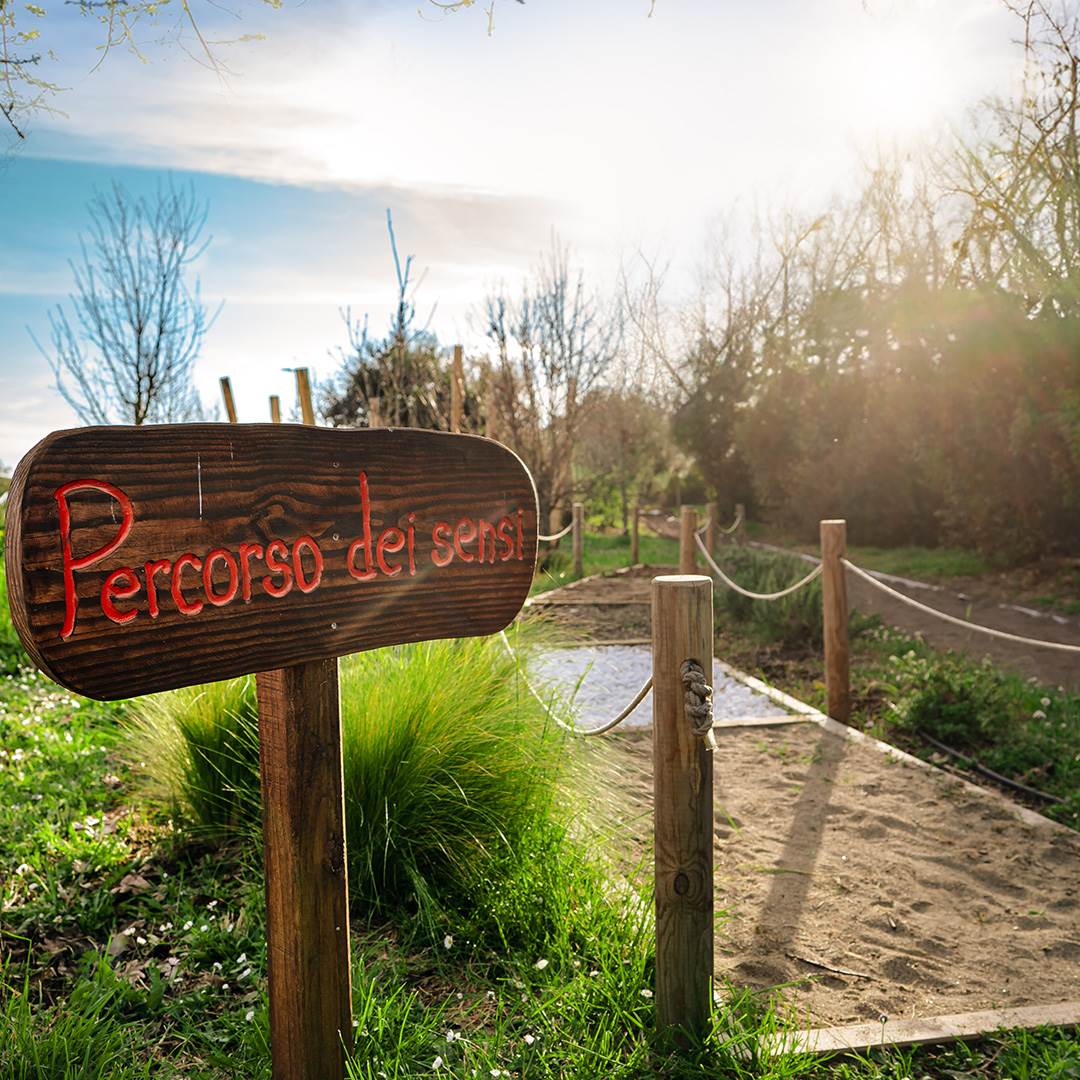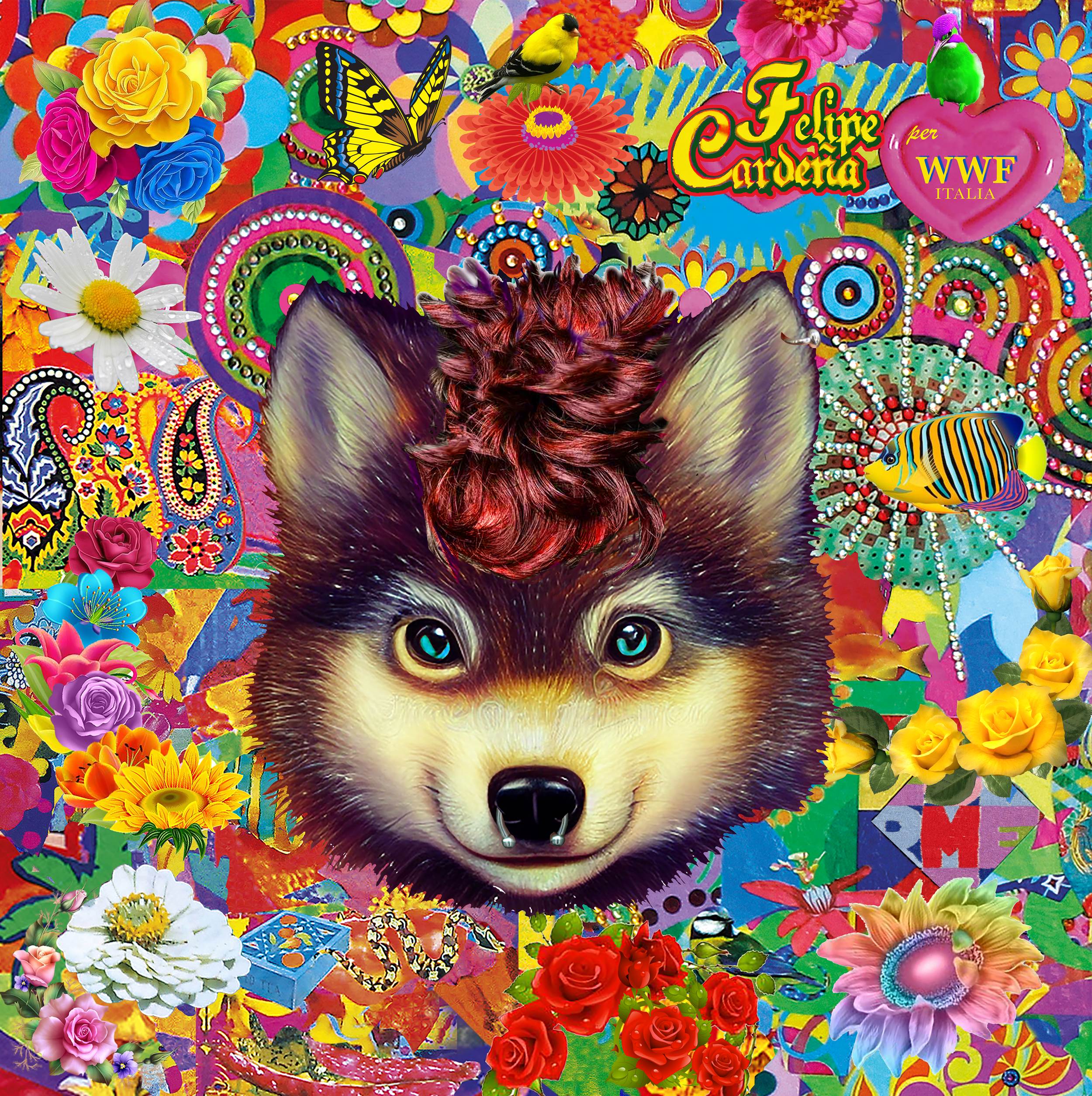


THE POND
Ponds are generally smaller, shallower and with still water, differentiating them from lakes. They look like they might be brimming with more life, and in short, that’s true. Life above and below the water intertwines, creating a continuously changing equilibrium in which the energy of the sun is the vital force of it all. Matter here is constantly being transformed: algae and plants capture carbon dioxide and emit oxygen into the water, while small organisms, from invertebrates to bacteria, use photosynthesis to destroy that chemically formed organic matter.
The depth of every pond is variable, going from shallow edges to a deeper depression in the centre. In these delicate ecosystems, water is essential. Varying in quantity over the seasons, the community of life in every pond has to adapt to survive. On a breezy summer day, evaporation can cause the water level of a pond to drop by over a centimetre, while on rainy days, the water can overflow and form short-lived ‘puddles’, which in turn might be colonized by species with short life cycles, especially insects. Aquatic plants mainly grow on the banks of the pond, where light reaches the bottom, releasing oxygen into the surface layer of water. Plant biomass, on the other hand, precipitates to the bottom where it is decomposed by bacteria that consume the oxygen present in the deep water layer. Solar irradiance plays a primary role in determining the layers of water. It increases the temperature and reduces density, resulting in a top layer which is less dense, richer in oxygen, and warmer. This creates a sort of ‘lid’ on the layer below it, which is cooler and poorer in oxygen, but richer in the minerals which are required by the photosynthetic organisms on the surface. When temperatures drop, the two layers of water mix together: nutrients are brought to the surface and oxygen to the bottom, starting a new cycle.
Book your guided tour by emailing:

CODE OF CONDUCT
ACCESS TO THE PARK
The park is unattended. Access to the park is allowed from 9 am until sundown. By entering the park, you accept the code of conduct and the conditions of the release of liability. The managing entities of the park shall not be held responsible for accidents which take place in the park, regardless of the cause, including but not limited to slips, trips and falls, animal bites, contact with plants which cause irritation or rashes or with toxic plants, damage to people or property caused by adverse weather or any other cause, and the theft or loss of personal items.
DO NOT INTERACT WITH THE WATER
Do not throw items into the pond. Be careful in the flooded grasslands, which can be slippery, and around the pond, due to the depth of the water. Do not drink water from the pond or the surrounding areas. Swimming, bathing or simply entering the pond is strictly forbidden. Children must be accompanied by an adult at all times.
Stay on the yellow path at all times. Visitors are responsible for paying close attention on all trails and following the posted signs and instructions so as not to disturb the wild animals. Comfortable shoes which are well suited to the terrain are recommended.
STAY ON THE PATHS
Stay on the yellow path at all times. Visitors are responsible for paying close
attention on all trails and following the posted signs and instructions so as not to disturb the wild animals. Comfortable shoes which are well suited to the terrain are recommended.
THIS IS A NATURAL AREA: RESPECT IT
Do not pick plants, flowers or fungi. Leave the trails, paths and equipped picnic/play areas clean; leave rubbish in the bins placed at the entry points. Fires are strictly forbidden. All dogs must remain on a leash at all times.
WATCH WHERE YOU STEP
Because this is a wild, natural area, complete safety is not always guaranteed. Inclement weather, flooding, falling trees and branches, roaming animals and even the lack of artificial light can pose a natural risk. Always pay close attention to your surroundings.
EMERGENCIES
In case of emergencies, hazards or fire, dial 112.
Read next





